I’ve always believed that fashion is about telling your own story. I think it’s a narrative that’s stitched together with the threads of your past and your experiences. Maybe that’s why I’m so taken with the fashion of contrast.
I’m from Newcastle. It’s a city where an industrial heritage meets a modern ambition, and I have found that the raw energy of my surroundings can inspire something elegant and unexpected. Fashion, for me, is that collision of ideas; it’s the old world knocking up against new concepts.
I walked along the banks of the Tyne, and I was mesmerized. I think that experience played a huge part in igniting my passion for what I now call “industrial chic.”
I didn’t enter this unique style by a single moment of choice; I chanced upon it in dribs and drabs one rainy afternoon, while I was out and about in the heart of the city. As the rain fell, I ducked into a small vintage boutique to escape the wet world.
The scent of leather and textiled must mingled with the sound of half-heard conversations, and in that corner of the city, I discovered a well-loved denim jacket from All Saints. I took some joy in thinking about the life that pieces like the jacket had led before stepping into my world, and then I had a thought that shocked me with its sheer audacity: what if my wardrobe could become a vehicle for fashion’s memory game, too? Being a fashion journalist, I have eschewed the old truism “write what you know” for its newer, bolder cousin: “be who you are.” Authenticity, I believe, is the new currency of style.
I started from there. Experimental alchemy, of sorts, was where my latest endeavor—and my tightly curated wardrobe—began. My hometown, which has long been written off as a fashion backwater, was now my direct inspiration.
The old mines and shipyards of the North East may not seem like an obvious source of sartorial innovation, but they are. They and the accompanying industrial landscape can be read as historical footnotes to a turn-of-the-century style renaissance. They are the guts of my go-to look, one that has inched its way from the kitchen table to a photoshoot with a stylist.
When I first started to share what I was thinking and feeling about fashion on social media and my blog, the response from people both in Newcastle and across the rest of the UK was incredible. The influencers and the models I was seeing recommend and represent the fashion industry were people whose appearances and styles were always (and still are) largely British. And they just happen to be people who grew up around fashion that was very much a “fearless, true-to-your-roots”—and also, in many cases, a rather “edge-of-your-seat” kind of experience: “What will that person wear next?!” At the base level, the conversation among Newcastle’s creative class about how we could pair UK craftsmanship with fashion that’s both narrative worthwhile and visually stunning has propelled me into a lot of, let’s just say, very interesting and very local conversations about what UK fashion can and should be and why it’s shaping up to be a largely communal experience.
Since my youthful dalliance with the cringeworthy trends of the past, I have stepped gingerly onto the style path, only to veer toward the wonderful world of texture and silhouette, in which I find myself daily. I have built a wardrobe that curates a collection of British excellence while also showcasing my personal journey. The pieces that occupy space in my closet are the only ones that must pass the dual test of being both salable (in case I ever need to sell them) and wearable (in which I thoroughly and regularly tickle myself).
I associate no particular aesthetic with what I wear, no vibes declarations. And yet, if I were to put together what I call a style Bible, these components would form the what, why, and how of my book. Each assemblage I create is a conversation—one between the past and present; between the grit of Newcastle and the glamour of high fashion.
I am endlessly inspired by the transformative power of fashion; an outfit, a single piece, can completely alter your mood, your mindset, and even the way you interact with the world. I remember one particular day when work was pushing me to my limits, and I had to attend a meeting with industry bigwigs that was guaranteed to be high-stakes. I chose an outfit that was the epitome of “I may be a mere mortal, but I am wearing this look in the boardroom as though I am the top dog.” It was a long, elegant, and very structured coat thrown over a pair of distressed jeans and knee-high, totally rugged, badass boots.
As I walked into that boardroom, I could feel the weight of my “fashion past” as well as the confidence that came from knowing I was representing something that was both authentic and enduring. That experience was a revelation. What excites me most about this fashion approach is the potential that it has to offer a virtually unlimited potential.
There exist no strict or hard rules about what this is or isn’t; it’s mostly about the art of experimentation and the bold act of putting together what might otherwise, in some people’s minds, be considered oppositional forces. I often think back to the time when I would wander in and around the Northern Quarter, where every bend in the history offered a view of something singular—a dash of colour splashed on an otherwise dreary industrial landscape, an unexpected vintage piece hastily tucked into an otherwise underwhelming shop-front. These moments that forced me to reckon with my own ideas of what is and isn’t interesting, what is and isn’t cool, have taught me to never underestimate the power of style.
Accepting industrial chic has also meant accepting the mindfulness of my choices. I am an advocate for ethical fashion. I support brands and designers who prioritize sustainability.
Eagerly, I research the origin stories of the clothes I wear. I not only want to know the details but also the imperative behind our clothing: care for the environment, the appearance of which is too often altered by the 61 million tons of fashion waste generated each year, and the appearance of which is too often altered by the 61 million tons of fashion waste generated each year, and a commitment to the communities that make our clothing. Still, I know that even controlled or closed-loop systems can have momentous appearances in our lives.
This is my personal and political imperative, and it’s a path I walk proudly. When I contemplate my journey as a writer and a fashion fanatic, the thing that never fails to strike me is how closely industrial chic mirrors life itself. In its very essence, the look is a complex, layered portrait that is at once pretty and kind of nuts.
It can just as easily be a love letter to acid house or Johnny Rotten as it can be a tribute to Formica. Insofar as its stereotypes go, the look usually comes with a bunch of musicians (or mannequins) trussed up in outfits made of silver duct tape, unlike the grungy sewing jobs that used to keep street-type fashion alive in the ’90s. Ultimately, fashion is not merely about apparel—it is a living and dynamic medium through which we convey our narratives.
It is a prompt, an instigation to celebrate our cultures and a moment to be present and look ahead, as far as we need, into the future. It is what allows me to continue to diversify my style and share my story. And this is not the first time I’ve shared it, nor even the second.
Yet each time I do, I find the same plot points and themes emerging—the same grit from a Newcastle upbringing that is not to be hidden away but to be celebrated as part of a new, dynamic kind of elegance.



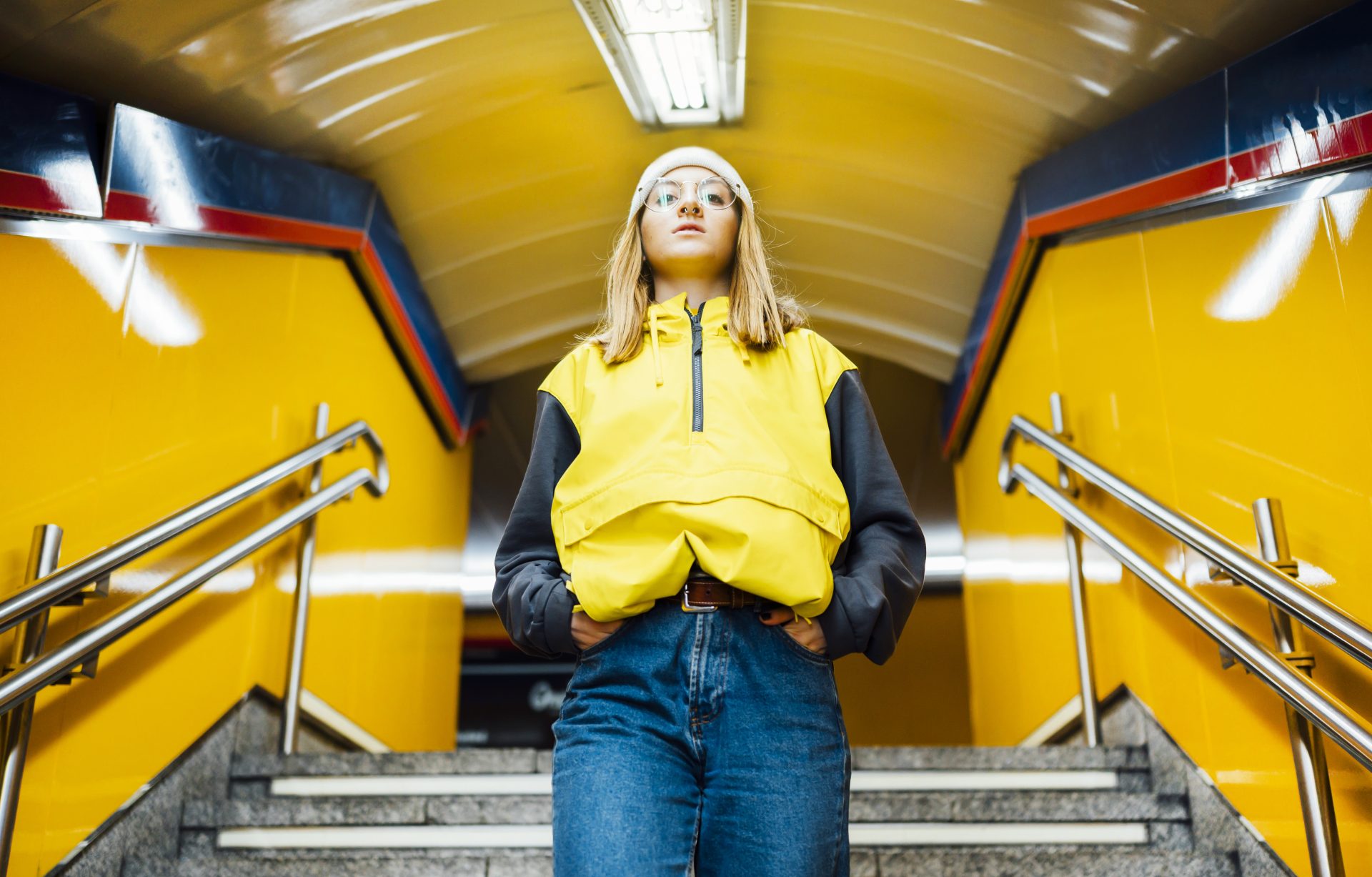


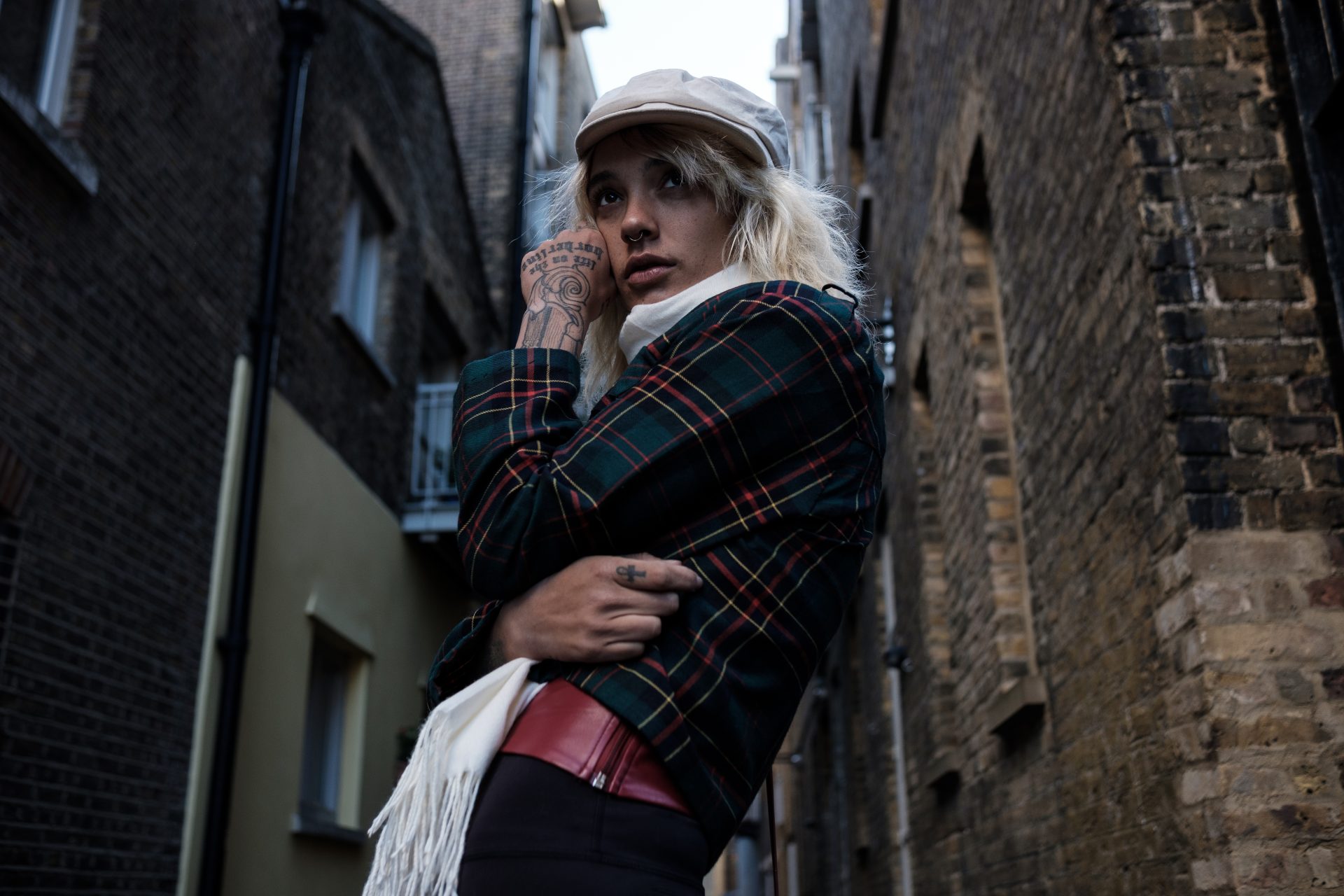



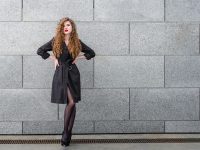



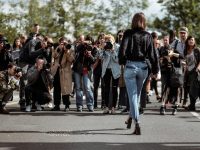
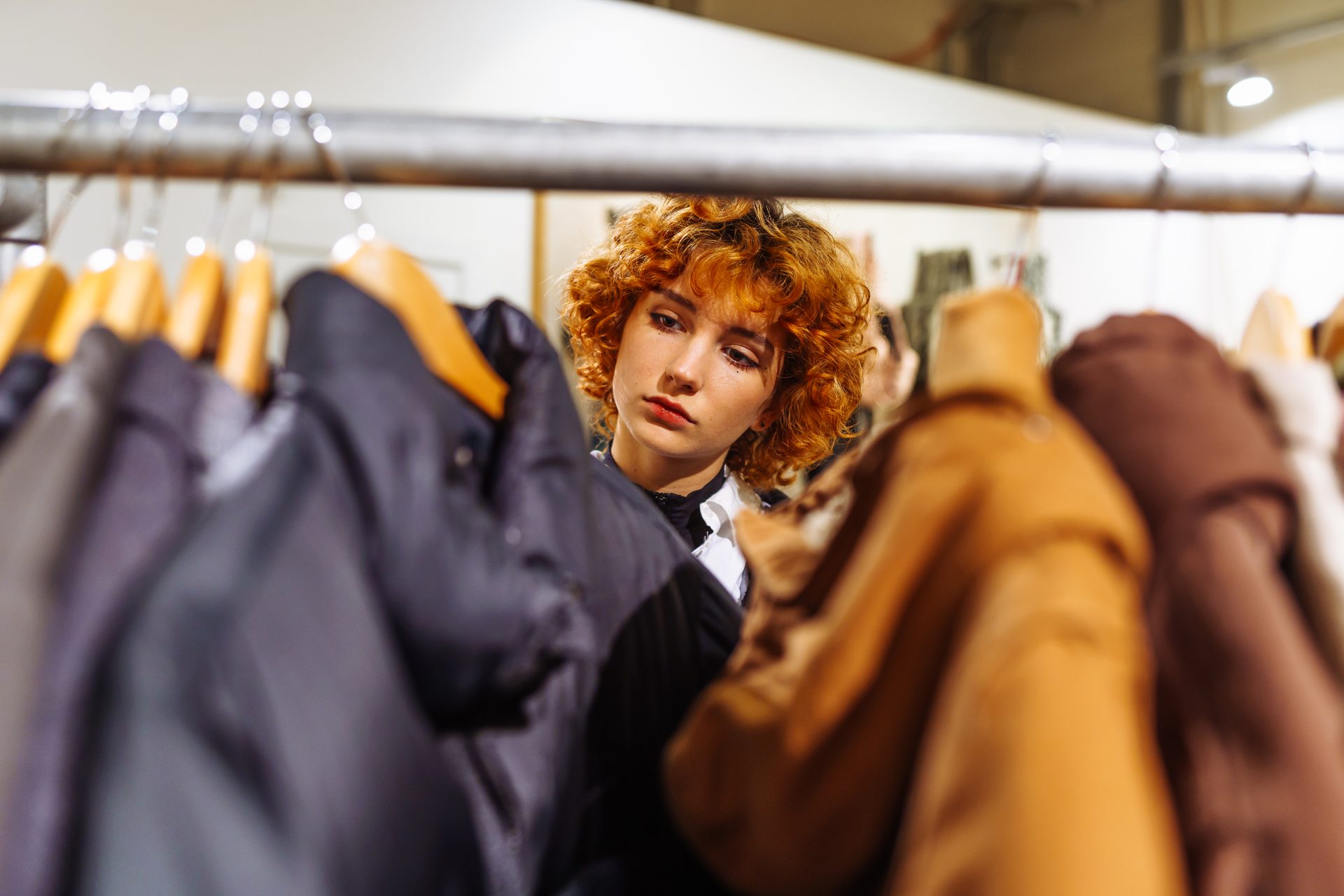


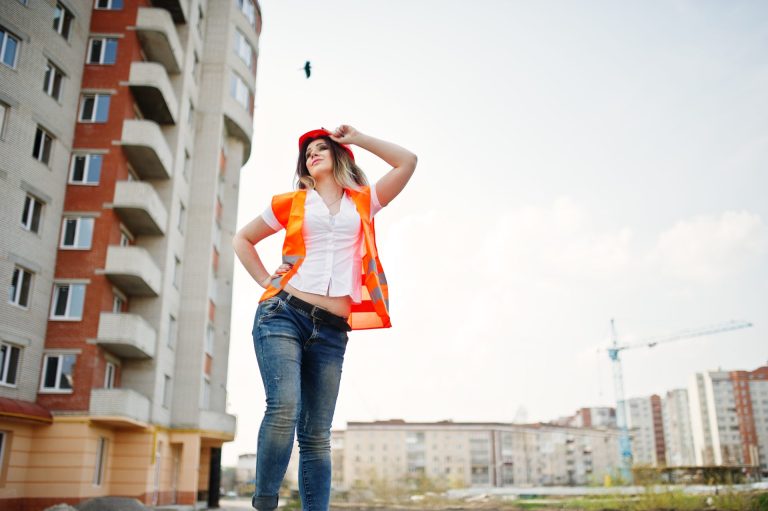

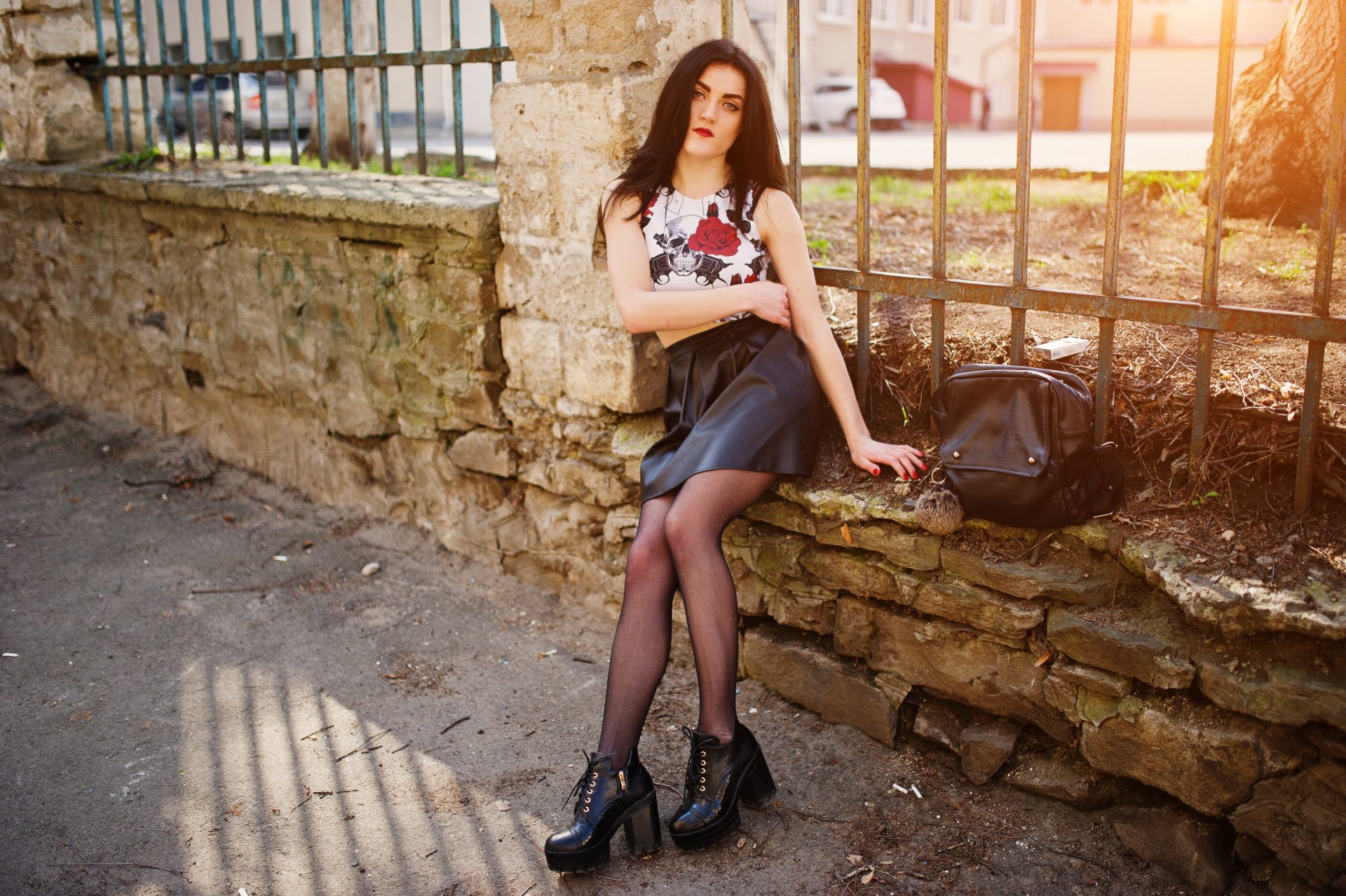
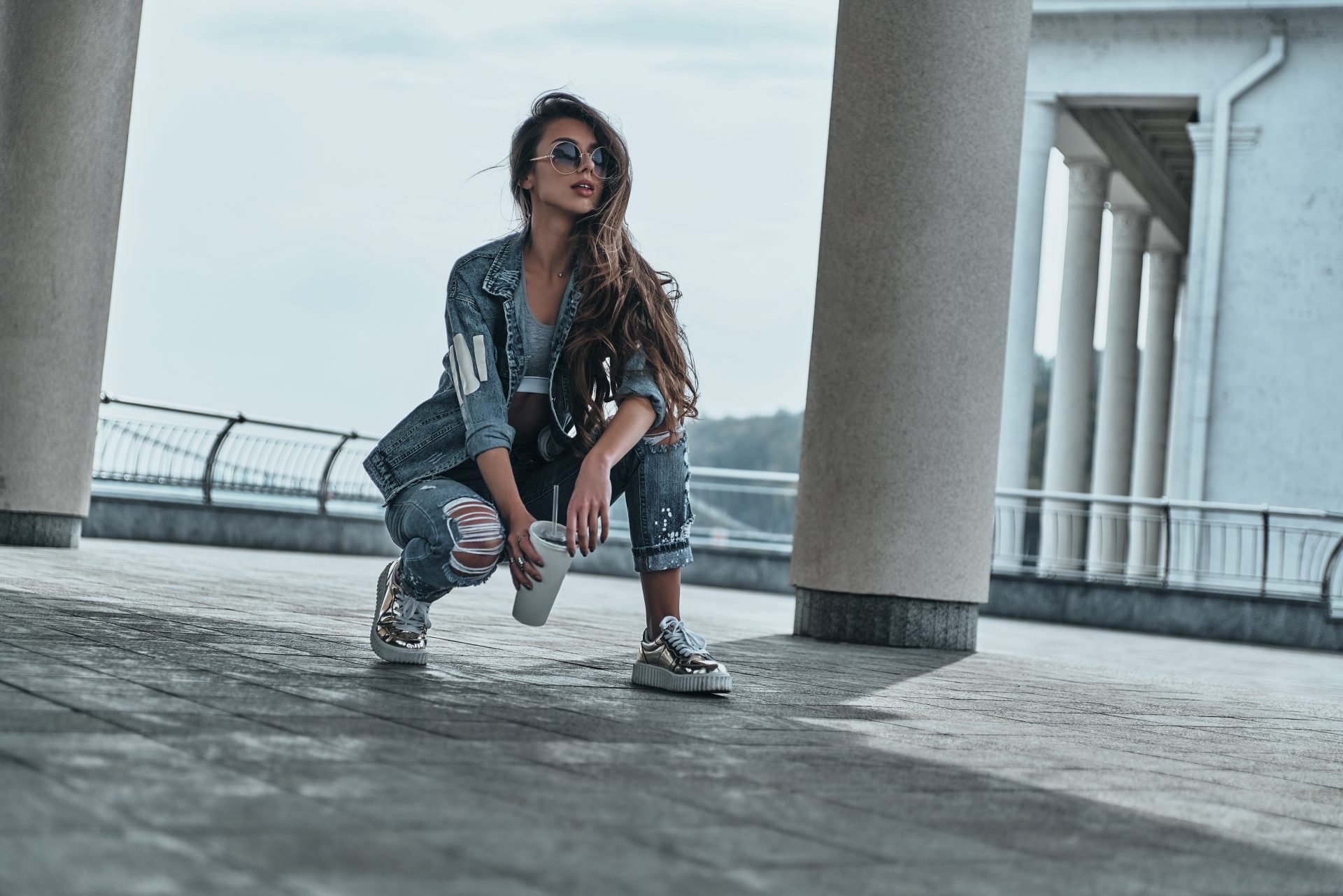
0 Comments